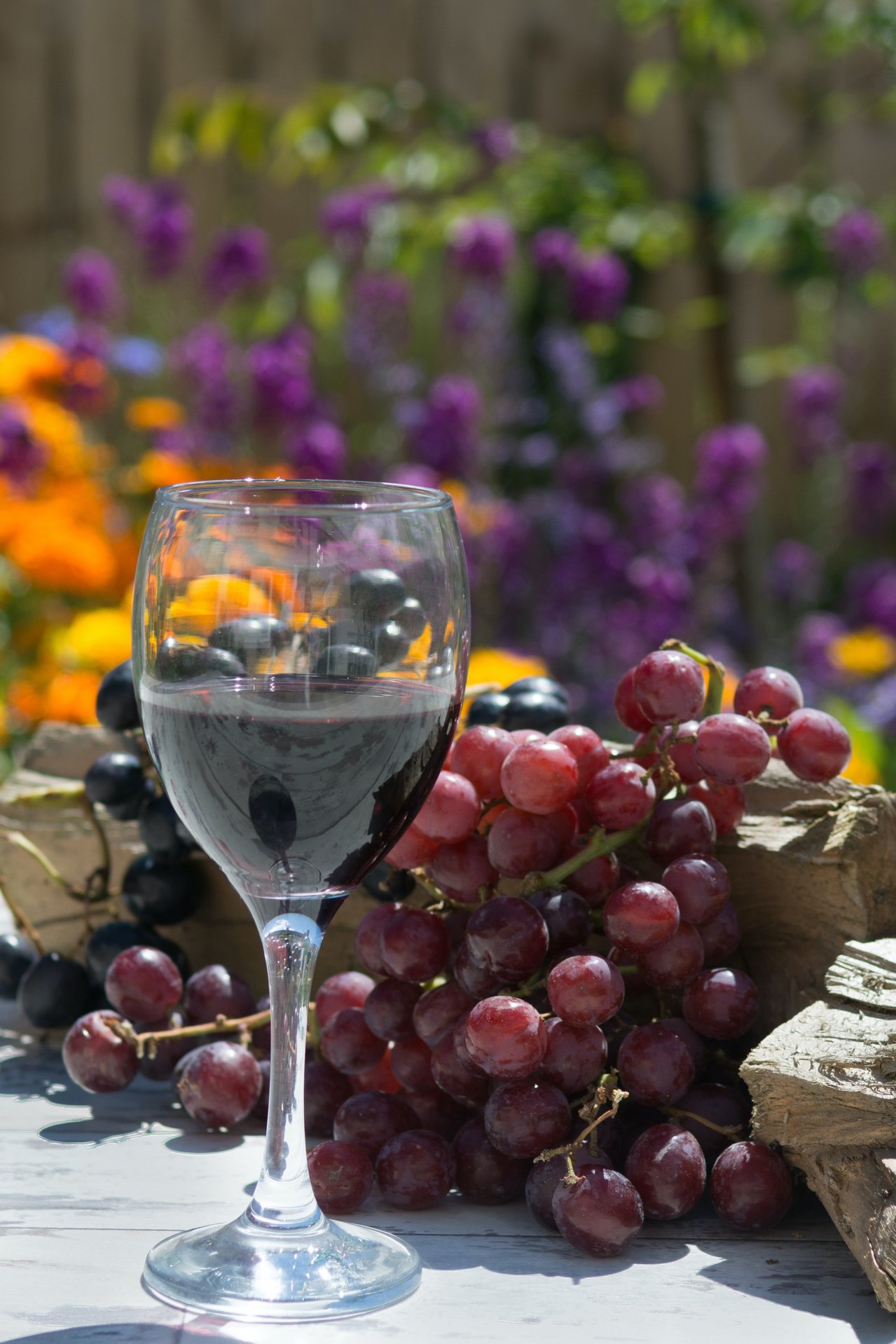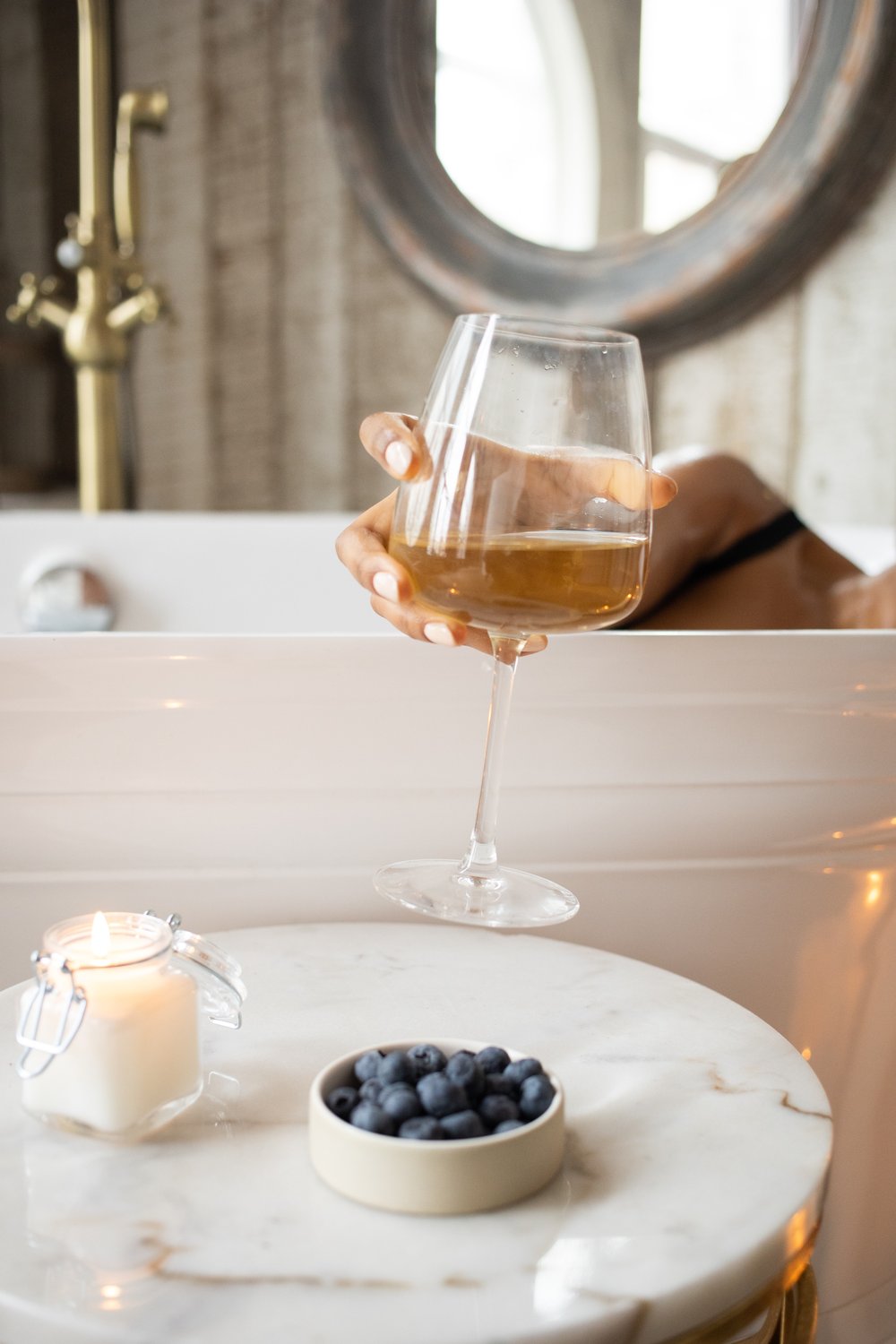Wine Market in China: What You Need To Know

How Chinese Drinking Customs Differ From The West
Europeans are surrounded by a culture in which wine has played an integral role throughout history.
It is so familiar – appearing even in the Bible – that people do not think twice about it.
For Chinese people, on the other hand, wine is still a fairly recent discovery (or to be exact, a rediscovery) that took place following the opening up of China’s economic frontier via the Shanghai free-trade zone agreement in September 2013.
So far as wine is concerned (although not alcohol in general) China remains a relatively untapped market.
China’s Wine Market: Evolution And Trends
Ms. Snow Chen, Senior Consultant at Kantar, has observed a change in China’s drinking culture over the past few years. She remarks that in the past, drinking was associated with social occasions or business functions. Today, however, traditions are increasingly being displaced by western cultural norms. Chinese consumers are increasingly drinking alcohol as a means of relaxation and informal social recreation.

French wine is no longer No.1
In the period that followed the opening-up of China's economy, French wine represented about 40% of the total market. In subsequent years, Australian wines took over, accounting for 35% of the market in 2019, with French wines declining to 28%. Owing to recent developments in custom policies, the figures for Australian wine are expected to fall again in 2021.
The end of Australia’s dominance?
French wine merchants currently having difficulty in finding a growth market in China.
The typical purchasing group are middle-aged consumers, while the majority of the population is ageing or elderly. French wines have an image problem among the younger generation, as they are seen as traditional, and younger consumers are typically looking for novel and unique experiences.
Australian wines have been able to market themselves well to this demographic, and as a result, sales to China rose steadily, experiencing 12% growth year-on-year (YoY) in 2019. They also benefited from Australia’s closer geographic location, which made the process of exporting more straightforward.
Other Countries
Other wine-producing countries, such as Italy or Spain, have strong reputations, and wines from Latin America are also considered competitive. Certain countries enjoy economic advantages in trading with China. Chile, for example, recently signed a free trade agreement allowing it to export to China with zero tariffs.
According to Mario Aron, CEO of Sarment, the most important trend to look at is the overall position of imported wine in the Chinese market. In 2001, the market comprised 99% Chinese wine, and now imports account for 65% to 35%. “Chinese consumers," he believes, “Are increasingly preferring imported wine and are on their own journey of wine."
The Main Reasons Why Chinese People Are Drinking Wine
Good Fortune
In China, wine is a metaphor for good fortune. Most wines are expensive to buy, and hence, associated with a western lifestyle. Wine is therefore perceived as an alcoholic beverage that reflects high class and status.
Early demand for imported wine was as much about fashion as it was about the wine itself.
Health
Health benefits are another common reason cited for wine’s popularity. Wine contains natural antioxidants, known as resveratrol, which lower cholesterol and prevent hardening of the arteries.

Beauty
Female wine drinkers, towards the younger end of the market, drink wine specifically for its health and beauty benefits.
Special Occasions
Many Chinese drink small glasses of wine in one swig while making toasts, shouting "Ganbei" (“cheers”) before they drink.
The Chinese Perception Of Wine
Wine remains a common accessory, albeit an unspoken one, in the art of seduction. This is part of a social phenomenon until marriage.
Young people have start to adopt the custom of weekly “brunches” with friends, where alcohol often plays a role. Unfortunately, wine is typically seen as for formal occasions, and the younger generation normally turn to spirits when organizing informal social gatherings. Wine, and in particular red wine, is mainly associated with stability and settling down, and not with a carefree and spontaneous lifestyle.
What Is The Most Popular Wine?
Red wine is without question the most popular choice.
Rosé - a lighter version of the red wine - is versatile and easy to store in the fridge, but is considered feminine, meaning that Chinese men are reluctant to consume it publicly. Chinese chefs, for instance, may drink it in the privacy of the kitchen, but not outside of it, and will seldom even discuss having done so.
While rosé remains burdened by this image problem, it makes for an excellent pairing with many Asian dishes.
What Are The Main Reasons For Choosing Western Wine?
The Chinese have a strong sense of place and loyalty. When it comes to Chinese wine, it is unusual for a resident of one region to drink a wine that comes from another, and so wines from a certain province are consumed exclusively by people from that area.
It is often the chefs at fine-dining restaurants in major hotels who introduce Westerners to Chinese wine, and these tend to be wines with established brands.

The choice of wine naturally differs depending on the circumstances. Young people are typically looking to free themselves from the shackles of tradition, and are not drawn to products that are perceived to be associated with too many social rules. The current zeitgeist is one of pleasure-seeking, tempered with a desire for simplicity.
Selling Wine: E-commerce Versus Offline
E-commerce offers a way into the mind of the consumer via the mobile phone, and the analysis of consolidated user data. A simple example of this would be to present wines from a certain region, based on knowledge about the consumer’s origin. However, there is a lack of human contact in a purely ‘e-commerce’ based experience.
Human Interaction for a Better Experience...
The old-fashioned way, buying a bottle of wine in a physical store, has the potential to completely renew the experience.
The best way to buy or sell wine involves human interaction, with the involvement of a sommelier or wine merchant. This kind of service, of course, requires a budget to pay the individual involved for their time and expertise.
The point is that wine is as much about the experience as it is about the product, which is why we often associate products with “moments”.
A famous example of this comes from the masterpiece of Marcel Proust, “In Search of Lost Time”, in which a character putting a madeleine into a glass of coffee is suddenly transported back to a time his childhood. Products can evoke feelings and mental images of previous experiences buried in the unconscious.
... Involving Both Offline & Online
"Offline alone is not working alone anymore. It is important to have a good balance between offline and online." Claudia Masueger, Cheers Wine
Offline is good for the experience and online is important to sell. Customers order wine online.
People are also willing to pay more in a shopping mall rather than in street shops. Beijing and Shanghai are also two different worlds: people eat and drink differently.
Wine Market in China: Observations From The Field
A Generation Matter
The main problem the industry faces at the moment is renewal of demand. Because the main consuming demographic is an ageing one, it is also shrinking, especially in the case of European wine. There is a need for repositioning and rebranding.
Wine should be seen as less generational, less associated with strict social etiquette, and more in tune with the younger generation. Communications should focus more on the pleasurable aspects of wine, and of living in the moment, rather than technical or factual aspects. We have to "dust off" the image of wine in the minds of the public.

Just as previously we went from a "discovery" generation to a "loyalty" generation, the wine industry is entering a new cycle in its development. Generations tend to appropriate brands, and people are reluctant to consumer-branded associated with previous generations.
How Generational Habits Differ
20-30 years-old
Young people love to discover new products, and are always looking to attend festive, informal events. They also tend to have limited budgets.
30-45 years-old
This generation has more purchasing power and consumes wine on a more regular basis, for example in restaurants.
45+ years-old
This generation of consumers represents the majority wine lovers. They are not only purchasing the wine, but also the status associated with it. They are willing to spend more in return for better quality products.
Different Modes Of Consumption
In China, consumers are also segmented according to their habits:
- Health Sippers are those who drink for medicinal benefits;
- Mainstream Casuals drink according to trends in their social circles;
- Prestige-Seeking Traditionalists choose wine based on quality;
- Status Seekers drink wine to cultivate a higher status image;
- Social Newbies like to experiment with different options;
- Frugal Occasioners drink different wines at irregular intervals.
How To Sell Wine In China? More Inputs From Claudia Masueger Of Cheers Wine
According to Claudia Masueger, CEO of Cheers Wine, in 2008, Chinese people did not like wine and did not have so much knowledge about it. They rather mix it with soft drinks such as Coca Cola.
When Cheers Wine was created, younger people in China had a very traditional approach to wine. They were thinking they had to wear fancy clothes and have a knowledge base before going to visit a wine store.
Cheers Wine decided to adapt to them, with a colorful and young marketing strategy including:
- Learning about Chinese consumer tastes through in-field rsearch
- Modern design of the shop to break the "traditional" reputation of wine in China
- Wine classes to educate consumers
- Well-educated offline staff to guide customers in their decision-making process
- Offlines stores in Beijing to provide a fuller experience, in addition to multiple online sales channels
- Offline stores are present on food and drink delivery apps
- Very active on social media
CONTACT DUHNO MARKETING TO CRAFT AND DEVELOP THE PERFECT BRAND MASCOT STRATEGY
Duhno is a Brand Mascot Marketing Agency dedicated to the growth of Digital Footprint and Inbound Marketing techniques in China.
With offices in Shanghai and Shenzhen, Duhno guides your team with the right strategy to adopt for your Chinese audience and creates memorable stories to make your brand’s mascot famous.